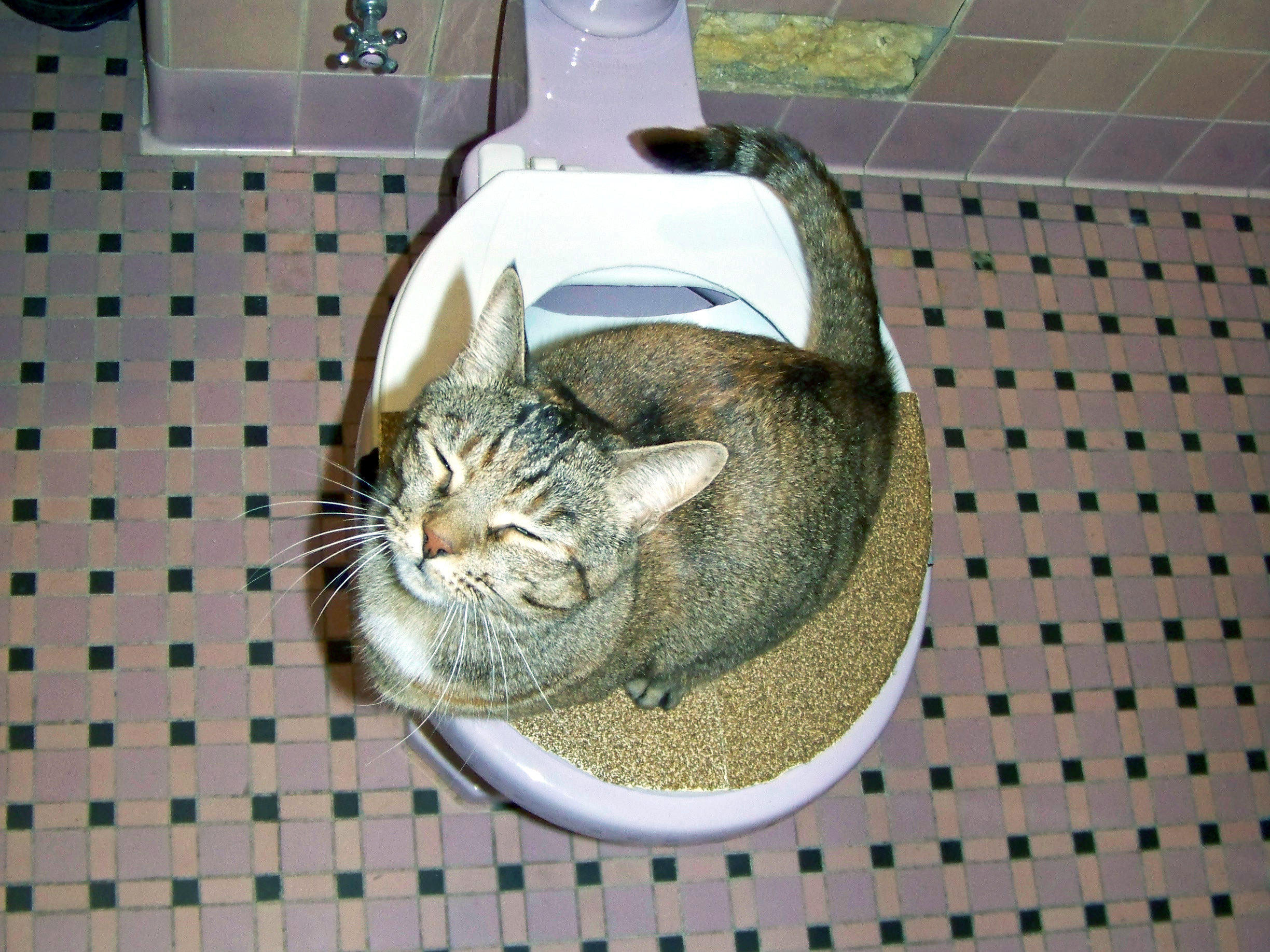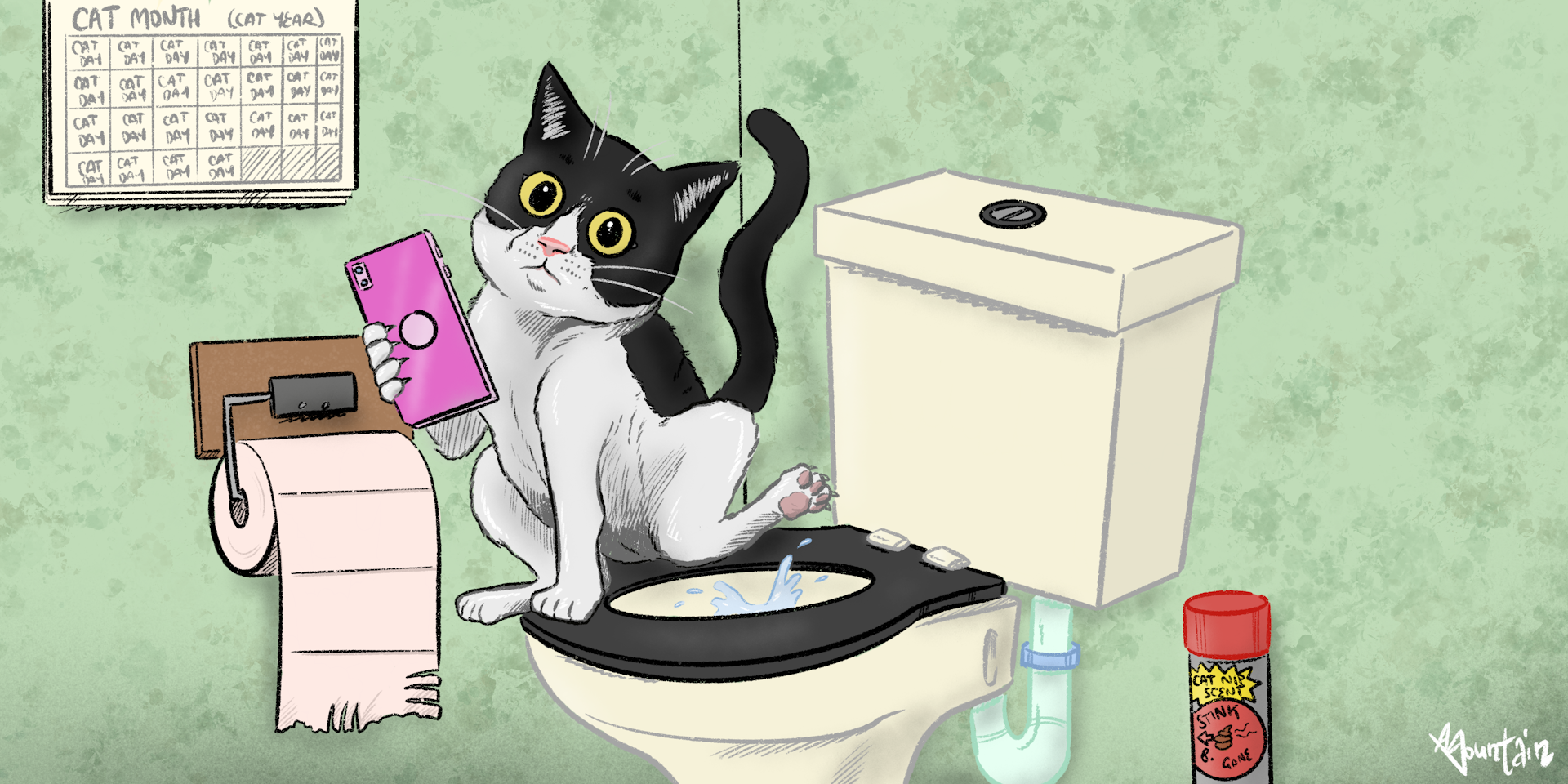Why You Must Never Flush Cat Poop Down Your Toilet - Critical Facts
Why You Must Never Flush Cat Poop Down Your Toilet - Critical Facts
Blog Article
We have uncovered this article on Can You Flush Cat Poo or Litter Down the Toilet? down the page on the web and reckoned it made perfect sense to talk about it with you in this article.

Intro
As feline proprietors, it's necessary to bear in mind how we throw away our feline friends' waste. While it might seem convenient to flush pet cat poop down the toilet, this technique can have detrimental repercussions for both the environment and human health and wellness.
Ecological Impact
Purging cat poop presents unsafe pathogens and parasites right into the water, positioning a considerable danger to marine ecological communities. These contaminants can negatively impact marine life and compromise water quality.
Health Risks
In addition to environmental concerns, purging pet cat waste can additionally posture wellness dangers to people. Cat feces might have Toxoplasma gondii, a bloodsucker that can trigger toxoplasmosis-- a potentially severe ailment, especially for expecting females and people with weakened body immune systems.
Alternatives to Flushing
Luckily, there are safer and extra accountable means to throw away cat poop. Think about the following options:
1. Scoop and Dispose in Trash
One of the most common approach of dealing with pet cat poop is to scoop it into an eco-friendly bag and throw it in the garbage. Make certain to utilize a committed trash scoop and deal with the waste without delay.
2. Usage Biodegradable Litter
Select naturally degradable cat clutter made from materials such as corn or wheat. These trashes are environmentally friendly and can be safely taken care of in the garbage.
3. Hide in the Yard
If you have a backyard, take into consideration hiding feline waste in an assigned area away from veggie yards and water sources. Be sure to dig deep enough to stop contamination of groundwater.
4. Set Up a Pet Waste Disposal System
Invest in a pet garbage disposal system particularly developed for pet cat waste. These systems utilize enzymes to break down the waste, decreasing smell and environmental influence.
Final thought
Liable family pet possession prolongs past supplying food and sanctuary-- it likewise entails proper waste administration. By avoiding flushing feline poop down the commode and choosing alternate disposal approaches, we can minimize our environmental impact and shield human health.
Why Can’t I Flush Cat Poop?
It Spreads a Parasite
Cats are frequently infected with a parasite called toxoplasma gondii. The parasite causes an infection called toxoplasmosis. It is usually harmless to cats. The parasite only uses cat poop as a host for its eggs. Otherwise, the cat’s immune system usually keeps the infection at low enough levels to maintain its own health. But it does not stop the develop of eggs. These eggs are tiny and surprisingly tough. They may survive for a year before they begin to grow. But that’s the problem.
Our wastewater system is not designed to deal with toxoplasmosis eggs. Instead, most eggs will flush from your toilet into sewers and wastewater management plants. After the sewage is treated for many other harmful things in it, it is typically released into local rivers, lakes, or oceans. Here, the toxoplasmosis eggs can find new hosts, including starfish, crabs, otters, and many other wildlife. For many, this is a significant risk to their health. Toxoplasmosis can also end up infecting water sources that are important for agriculture, which means our deer, pigs, and sheep can get infected too.
Is There Risk to Humans?
There can be a risk to human life from flushing cat poop down the toilet. If you do so, the parasites from your cat’s poop can end up in shellfish, game animals, or livestock. If this meat is then served raw or undercooked, the people who eat it can get sick.
In fact, according to the CDC, 40 million people in the United States are infected with toxoplasma gondii. They get it from exposure to infected seafood, or from some kind of cat poop contamination, like drinking from a stream that is contaminated or touching anything that has come into contact with cat poop. That includes just cleaning a cat litter box.
Most people who get infected with these parasites will not develop any symptoms. However, for pregnant women or for those with compromised immune systems, the parasite can cause severe health problems.
How to Handle Cat Poop
The best way to handle cat poop is actually to clean the box more often. The eggs that the parasite sheds will not become active until one to five days after the cat poops. That means that if you clean daily, you’re much less likely to come into direct contact with infectious eggs.
That said, always dispose of cat poop in the garbage and not down the toilet. Wash your hands before and after you clean the litter box, and bring the bag of poop right outside to your garbage bins.
https://trenchlesssolutionsusa.com/why-cant-i-flush-cat-poop/

Hopefully you enjoyed reading our part about How to Dispose of Cat Poop and Litter Without Plastic Bags. Thanks for finding the time to read through our piece. Sharing is nice. You just don't know, you might be doing someone a favor. We take joy in reading our article about Don’t flush cat feces down the toilet.
Start Now Report this page